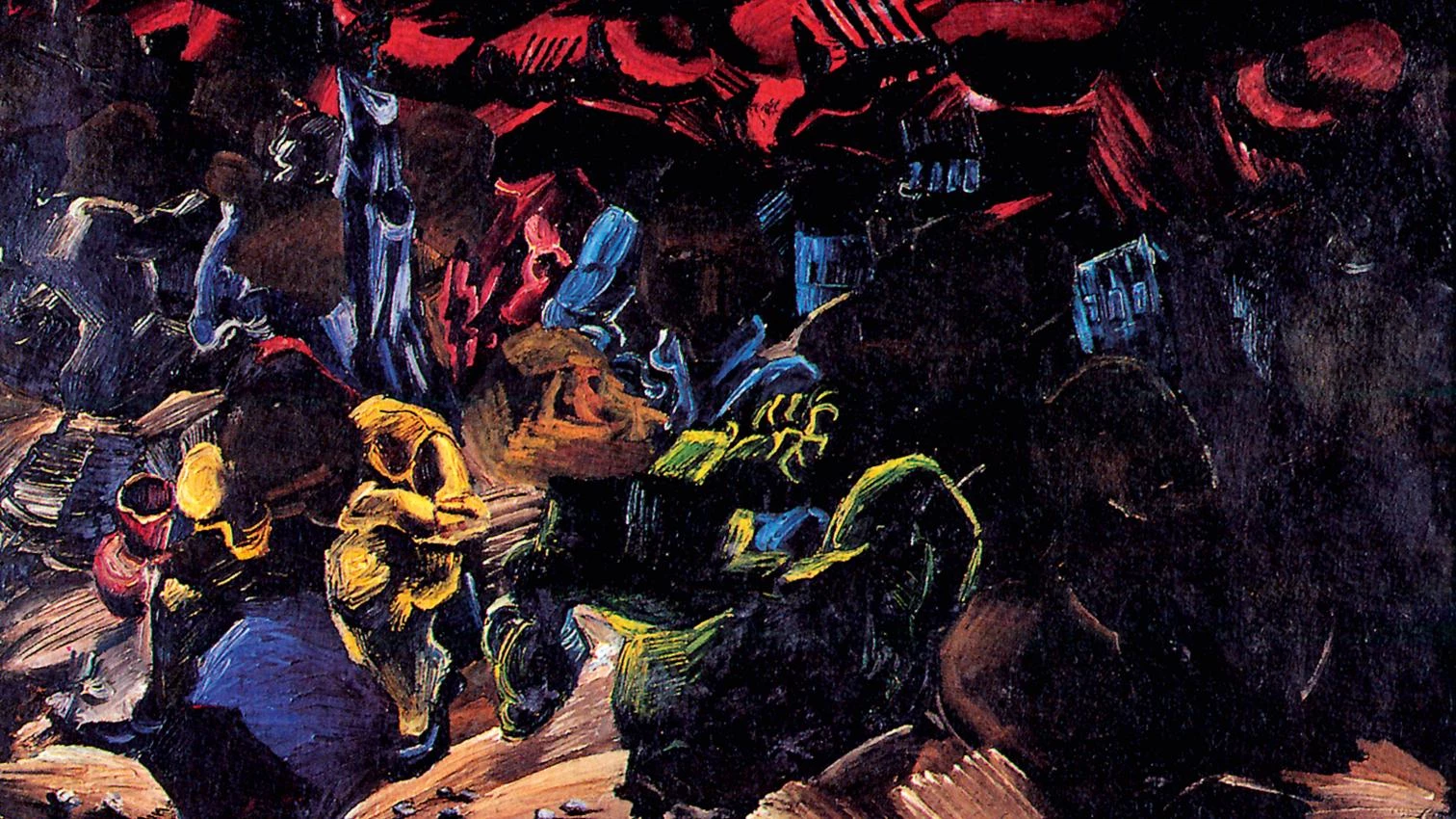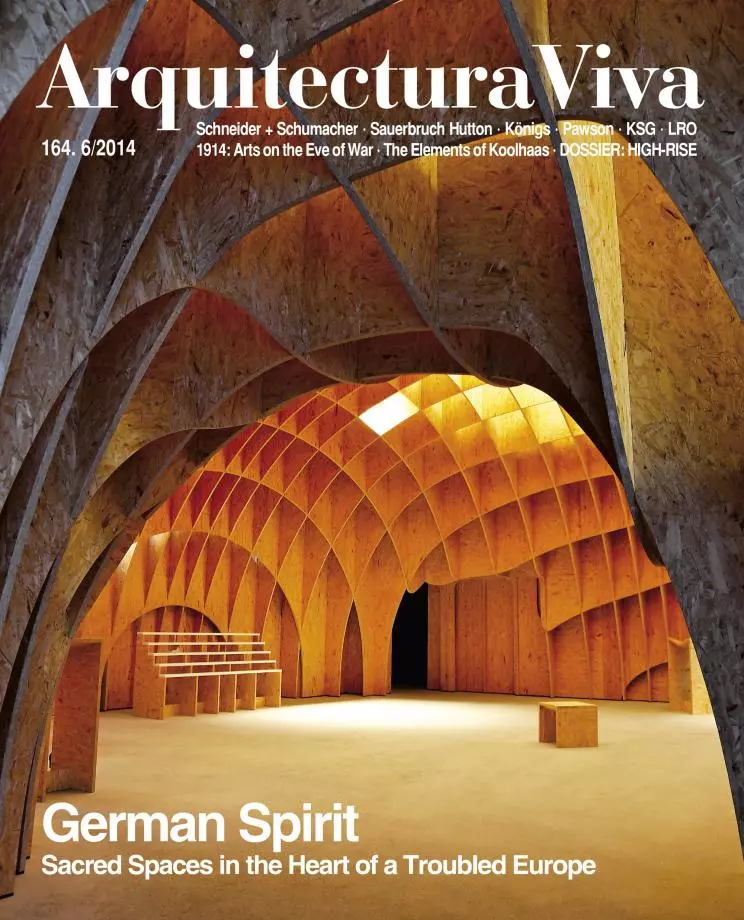
The so-called Great War, the most significant military conflict waged in history until then, unfolded in the context of one of the artistic and intellectual periods of greatest splendor ever: a paradox, but such periods have tended to coincide with major convulsions.
In 1909 Filippo Tomasso Marinetti published in Le Figaro his ‘Futurist Manifesto’, where he glorified war as the world’s only hygiene; a declaration followed in immediately subsequent years by those of the futurist painters and sculptors Giacomo Balla, Umberto Boccioni, and Luigi Russolo. In May 1912, two years before war broke out, the futurists held their first exhibition at Herwarth Walden’s Berlin gallery Der Sturm. It was an event of enormous repercussions throughout Germany. Circles of the magazine of the same name celebrated Sturmabende, gatherings where futurist verses were recited. The collaborators in this publication included Anatole France, Else Lasker-Schüler, Heinrich Mann, Karl Kraus, architect Adolf Loos, and the expressionist poet Paul Scheerbart. A month before the futurists burst onto the Berlin art and literary scene, Waldern had organized a show of paintings by the expressionist group Der Blaue Reiter (The Blue Rider), which revolved around Kandinsky...





